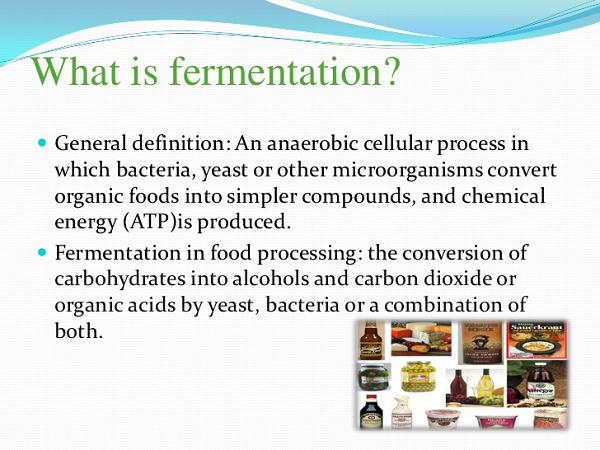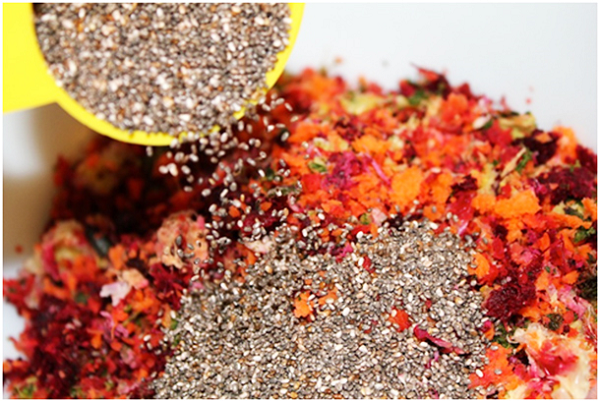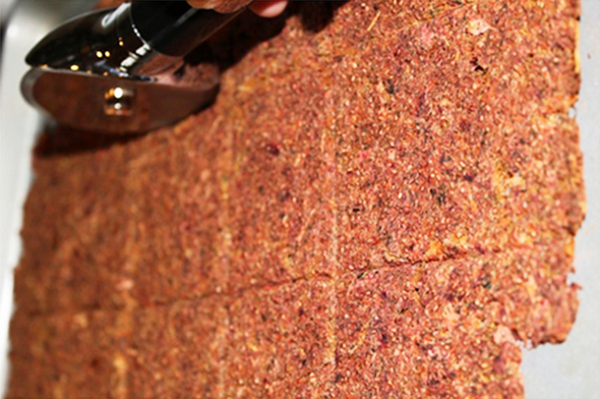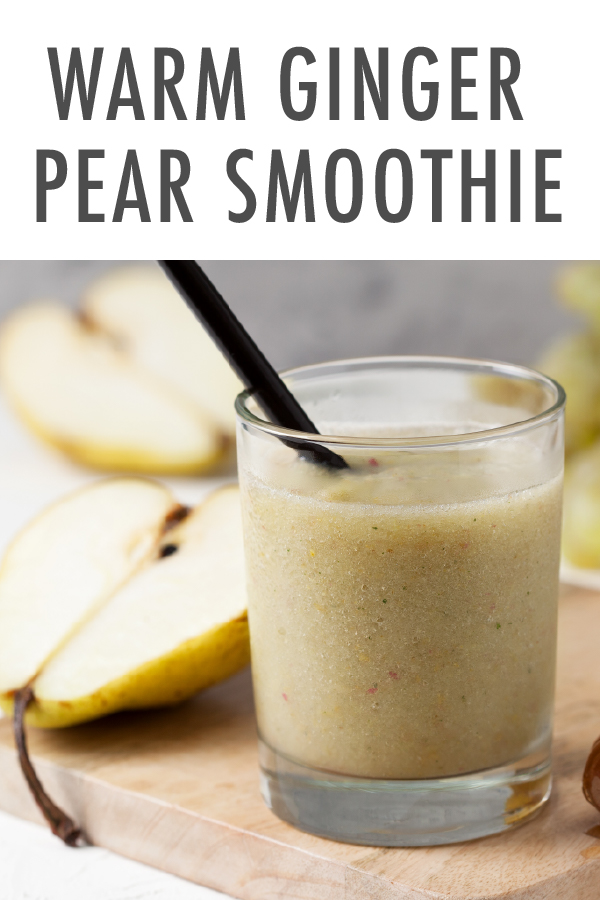Maybe fermented foods aren’t something that you’d consider to be a conversation starter, perhaps they will be after you read this!
In fact, if you’re looking for something that can potentially change your health and help you lose those stubborn pounds without a ton of effort, you should definitely read on – and, tell your friends about it too.
What’s fermentation?
The process of fermentation has been around practically since the beginning of time.
Back in the day, people created foods and drinks from existing ingredients to help preserve them without spoiling.
The process is started when bacteria and enzymes convert carbohydrates, starches and sugars into alcohol and acids through a simple reaction. The bacteria used in this process helps to keep other bacteria from growing, making it last much longer.

Why fermented foods are beneficial:
Fermented foods are chock-full of these “good bacteria,” or probiotics. A massive amount research has demonstrated how the ideal balance of good and bad bacteria in the gut forms the foundation for physical, mental, and emotional well-being.
Probiotic, friendly bacteria makes up roughly 70% percent of the immune system.
The good bacteria, especially in the gut, is believed to improve digestion and boost immunity as well as to help to rebuild our body’s pH balance – and, they may even help us get leaner too!
One recent study conducted by researchers at Laval University in Quebec City, Canada, found that certain probiotics, a strain referred to as Lactobacillus rhamnosus, was able to help women lose weight and keep the pounds off too.
Another study, published in 2010, found that obese people were able to reduce their abdominal fat by almost 5%, and subcutaneous fat (the kind you can grasp with your hand on any part of your body), was decreased by more than 3%. That was accomplished just by drinking a probiotic-rich fermented milk beverage over a 12-week period.
While more research is needed to find out just how much these mighty microbes can do to impact the obesity problem, early results are definitely promising.
The most effective way to encourage the growth of those good bacteria that live in your gut is to eat more fermented foods. Fermented foods, in general, are highly nutritious and digestible.
As fermentation pre-digests the food, it makes nutrients more bioavailable, and in many cases generates even more nutrients or removes toxins, or anti-nutrients.
They’re especially supportive of digestive health, immune function, and general well- being.
What type of foods are fermented?
Though the term “fermented” may sound a bit distasteful, the results of this ancient preparation and preservation technique are actually rather delicious.
And, in addition to helping to strengthen digestion and immune systems, fight off stubborn pounds and even proactively helping us fight off and prevent disease, they’re a lot easier to prepare and enjoy then you might think.
Just a few examples of fermented foods include
- sauerkraut
- fermented soy sauce
- tempeh,
- plain yogurt that’s marked with the “Live & Active Culture” seal
- Kombucha tea
- other veggies that you can ferment yourself just by doing a quick Google search.
You can also buy fermented condiments at health food stores. Start incorporating these powerfully nutritious foods into your diet today!
Yours in Health,
Danette
P.S. Please share this with your friends and I always enjoy reading your comments below.


















